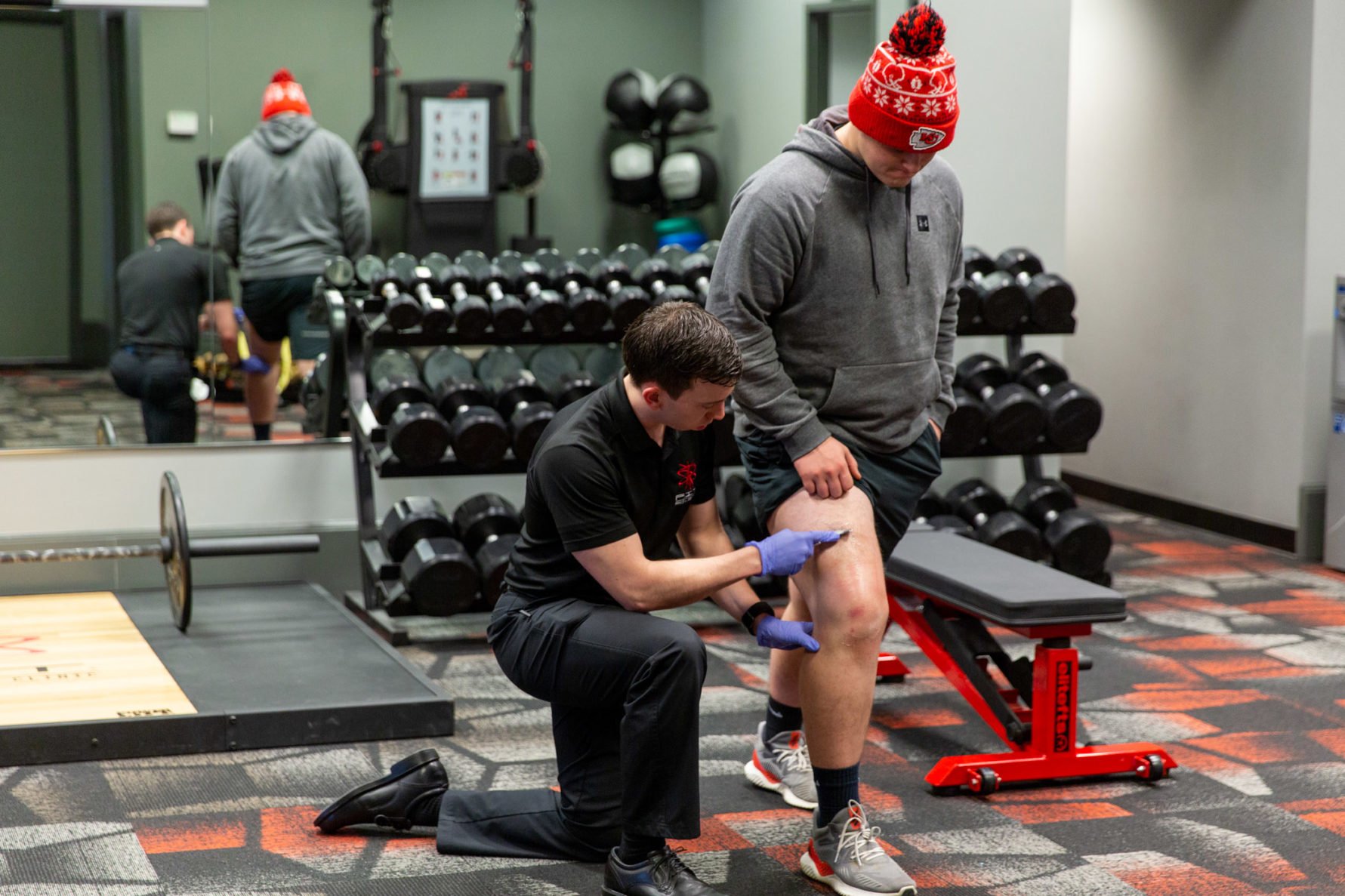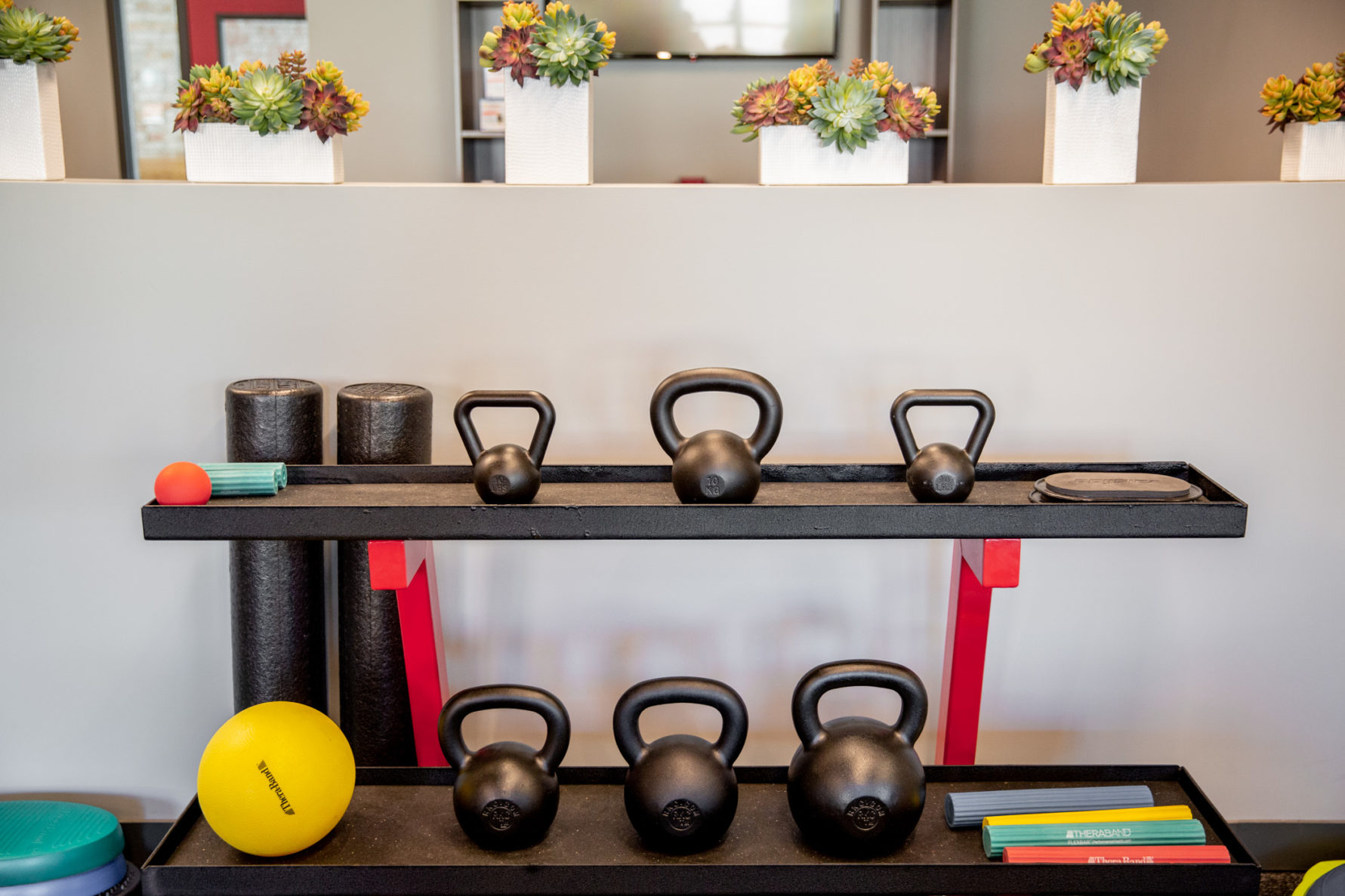Knee treatments in Kansas City
Are you experiencing knee pain?
Knee pain can be caused by repetitive stress, poor movement patterns or trauma. Pain at the knee usually presents at the joint line, above or below the knee cap or on either side depending on the cause of injury. Knee pain is usually caused by damage to the meniscus, one of the ligaments stabilizing the knee, or one of the surrounding muscles. More often than not, poor hip or core stability may be the true cause of knee pain.
Possible Treatments for Knee Pain
Common treatments for knee pain vary depending on the causative factors. Evidence based treatment protocols are vital for long lasting beneficial effects. Leading soft tissue therapies for the knee include A.R.T., Dry Needling, Graston and corrective exercise.
For non-surgical care check out our chiropractic services for knee pain.
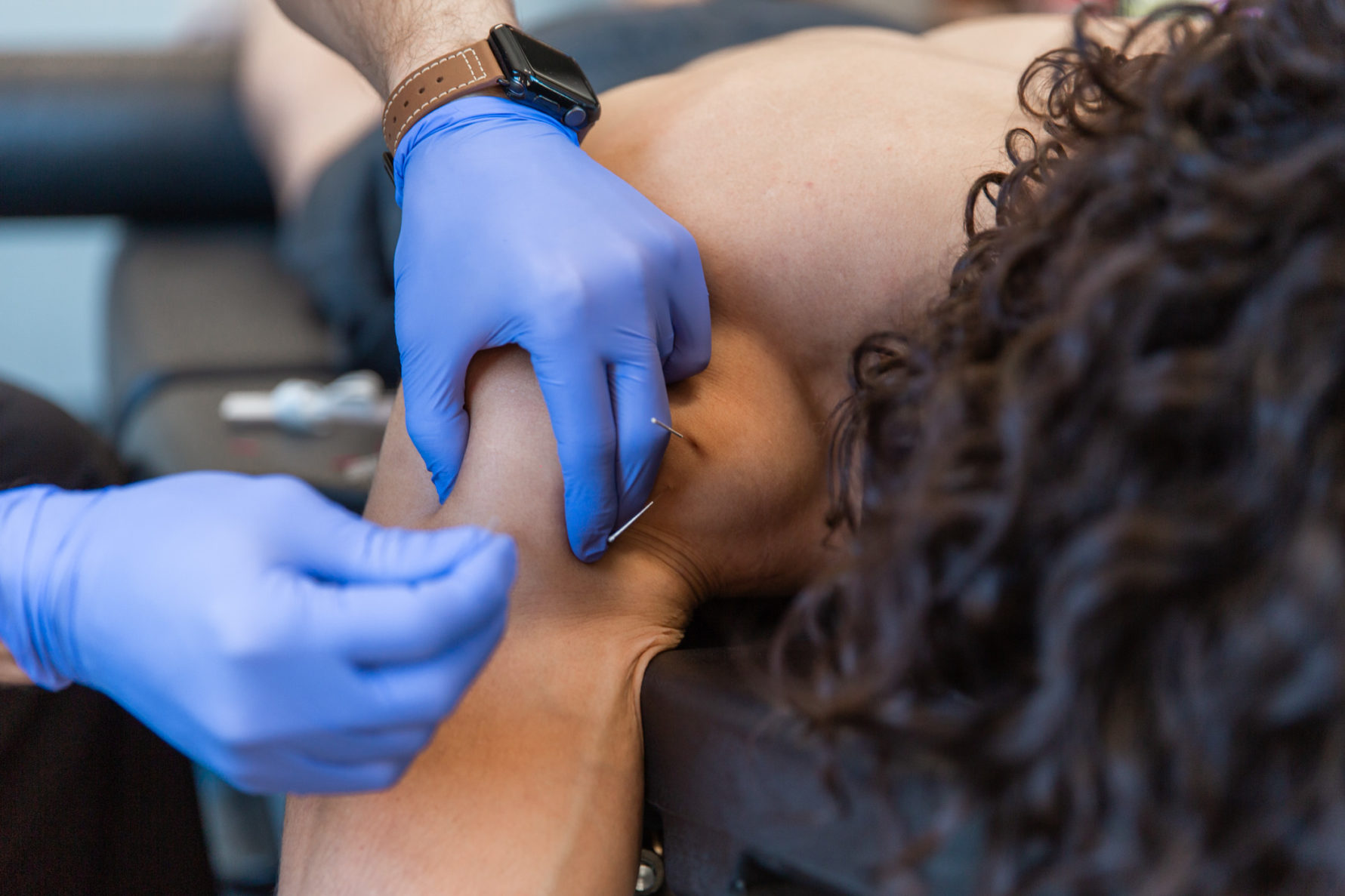
Dry Needling
Dry Needling is the process of using a thin needle inserted into a trigger point to relieve a contracture within a muscle.
Learn More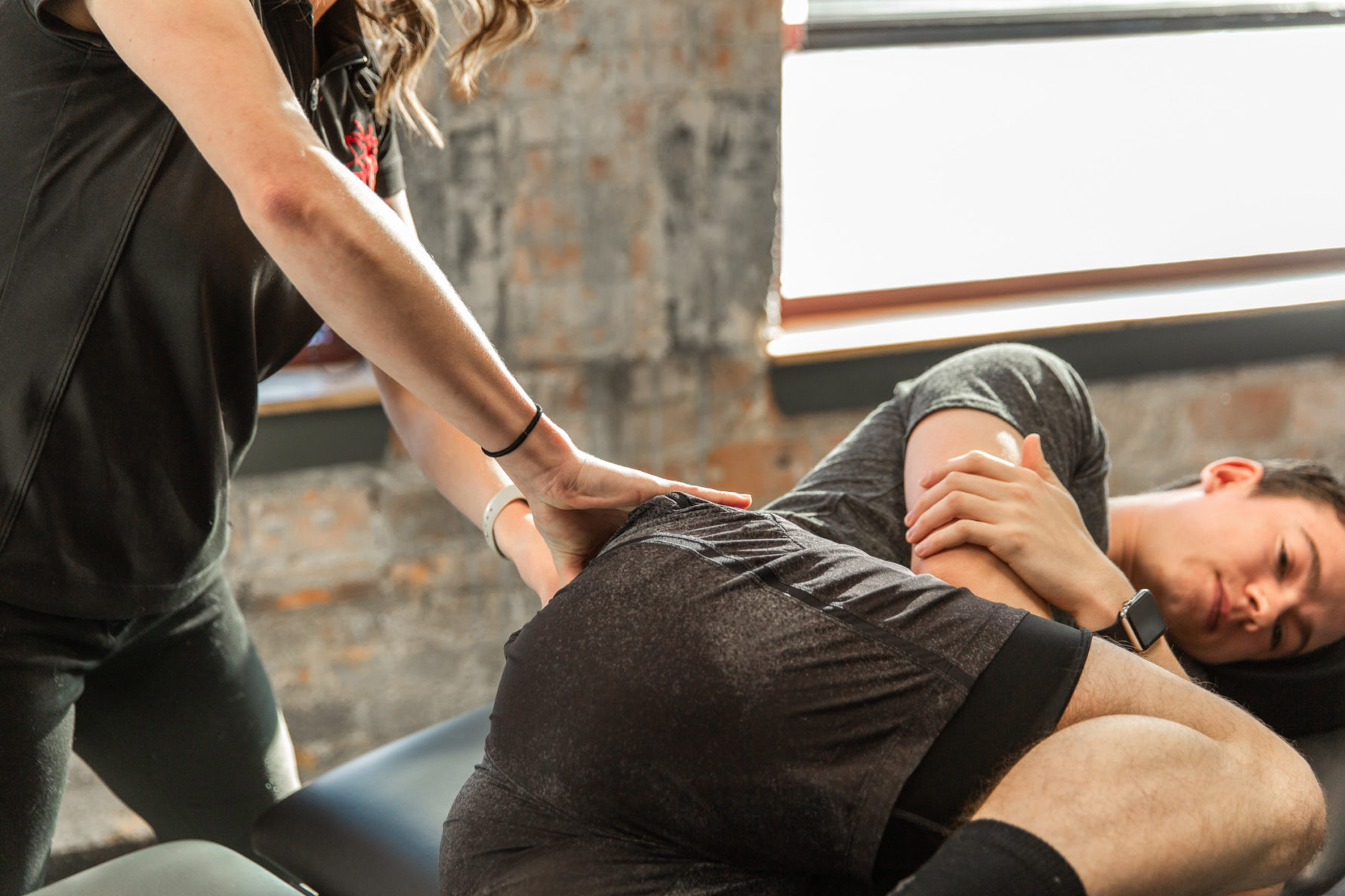
Active Release Technique
Active Release Technique (A.R.T) is one of the leading soft tissue therapies for the treatment of muscles, tendons, ligaments, fascia and nerves.
Learn More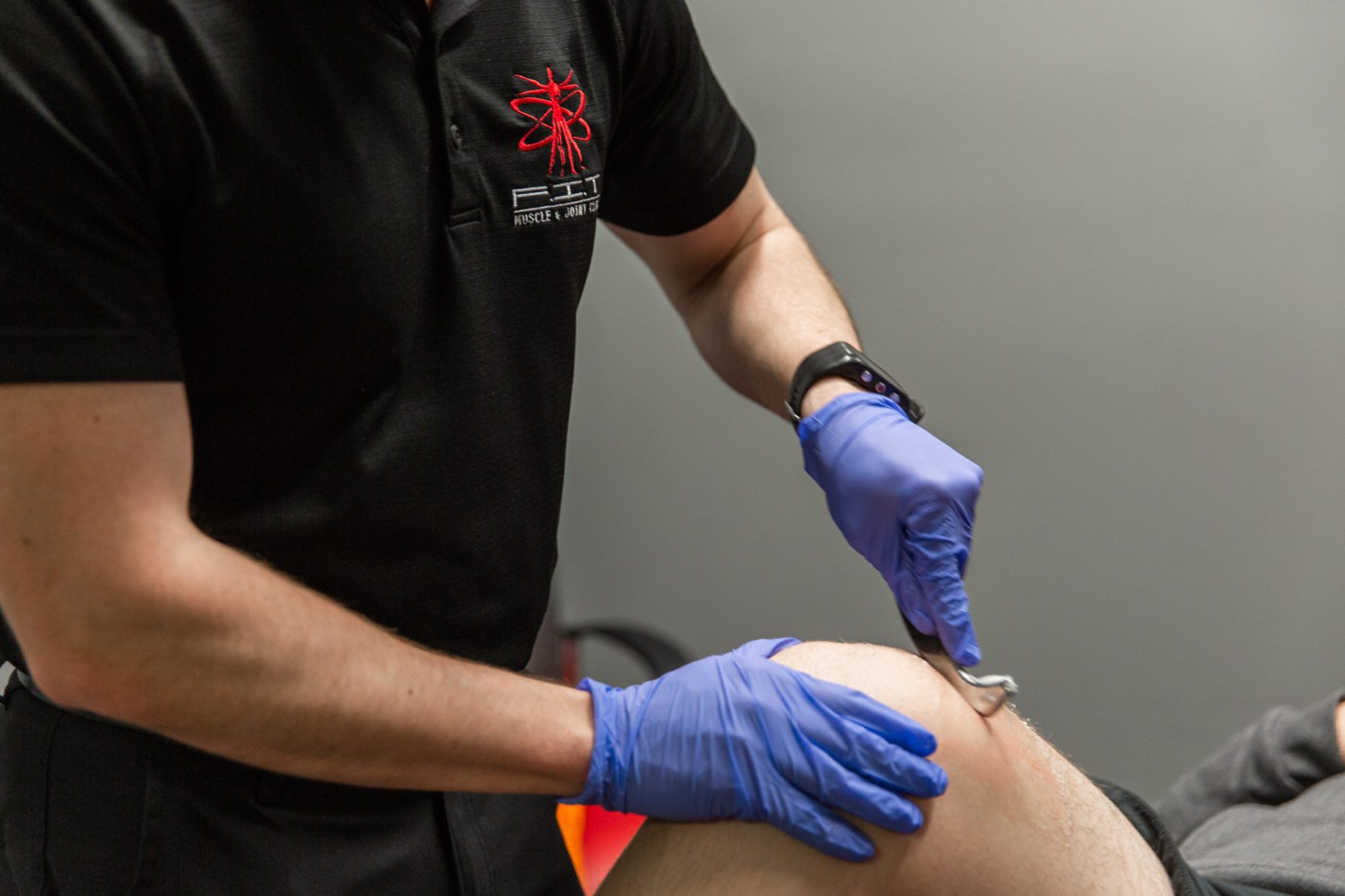
Graston Technique
The physical therapy Graston technique is one of the leading instrument assisted soft tissue therapies for the treatment of muscles, tendons, ligaments, fascia and nerves.
Learn MoreConditions We Treat
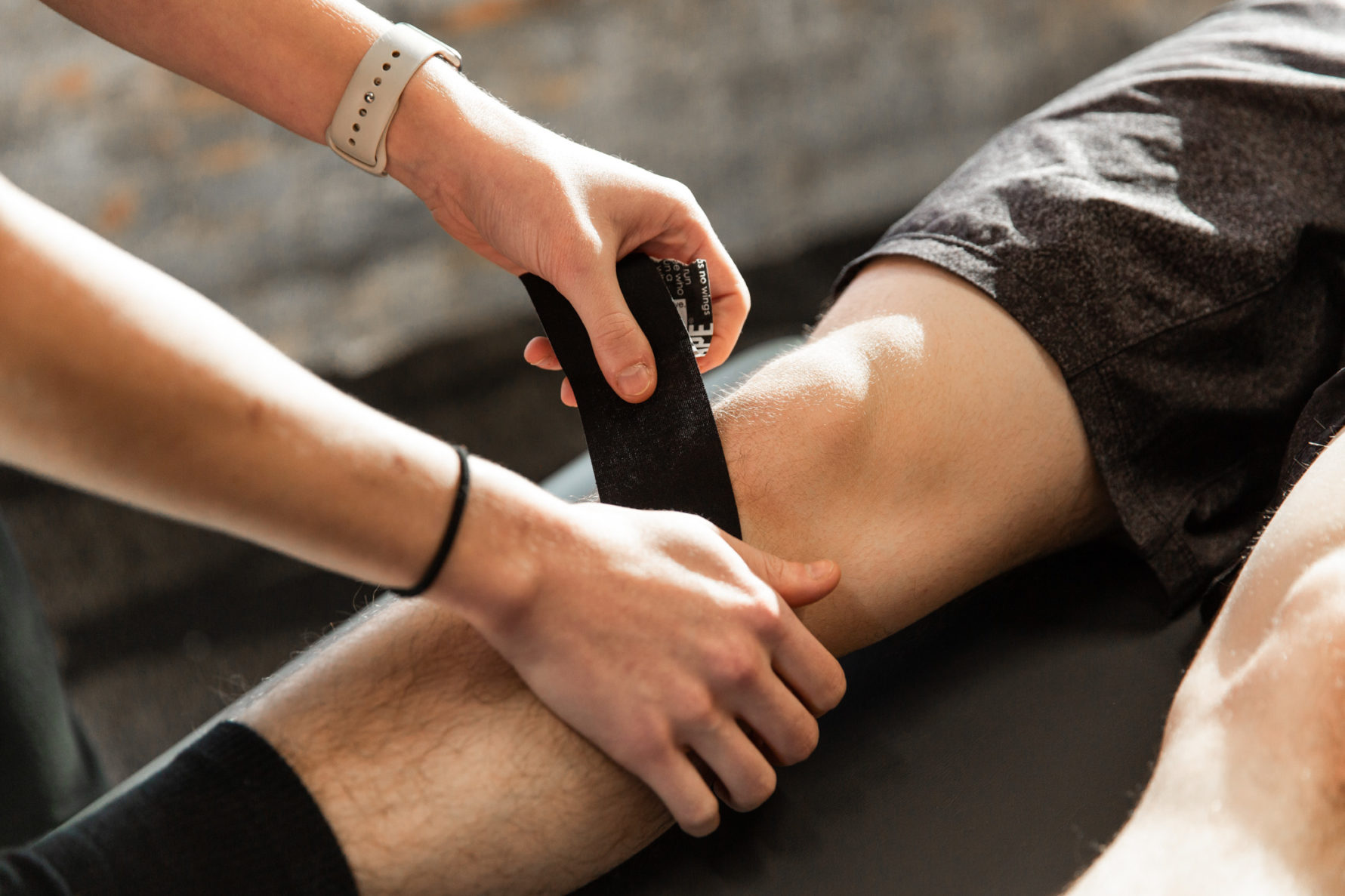
Patellar Tendonitis
Patellar tendonitis is a condition where the patellar tendon becomes inflamed due to repetitive strain. Excessive strain of the tendon is usually caused by quadriceps or hip flexor tension due to muscular imbalances. Symptoms involve pain below the knee cap, swelling below the knee cap, and pain worsening with jumping or running.
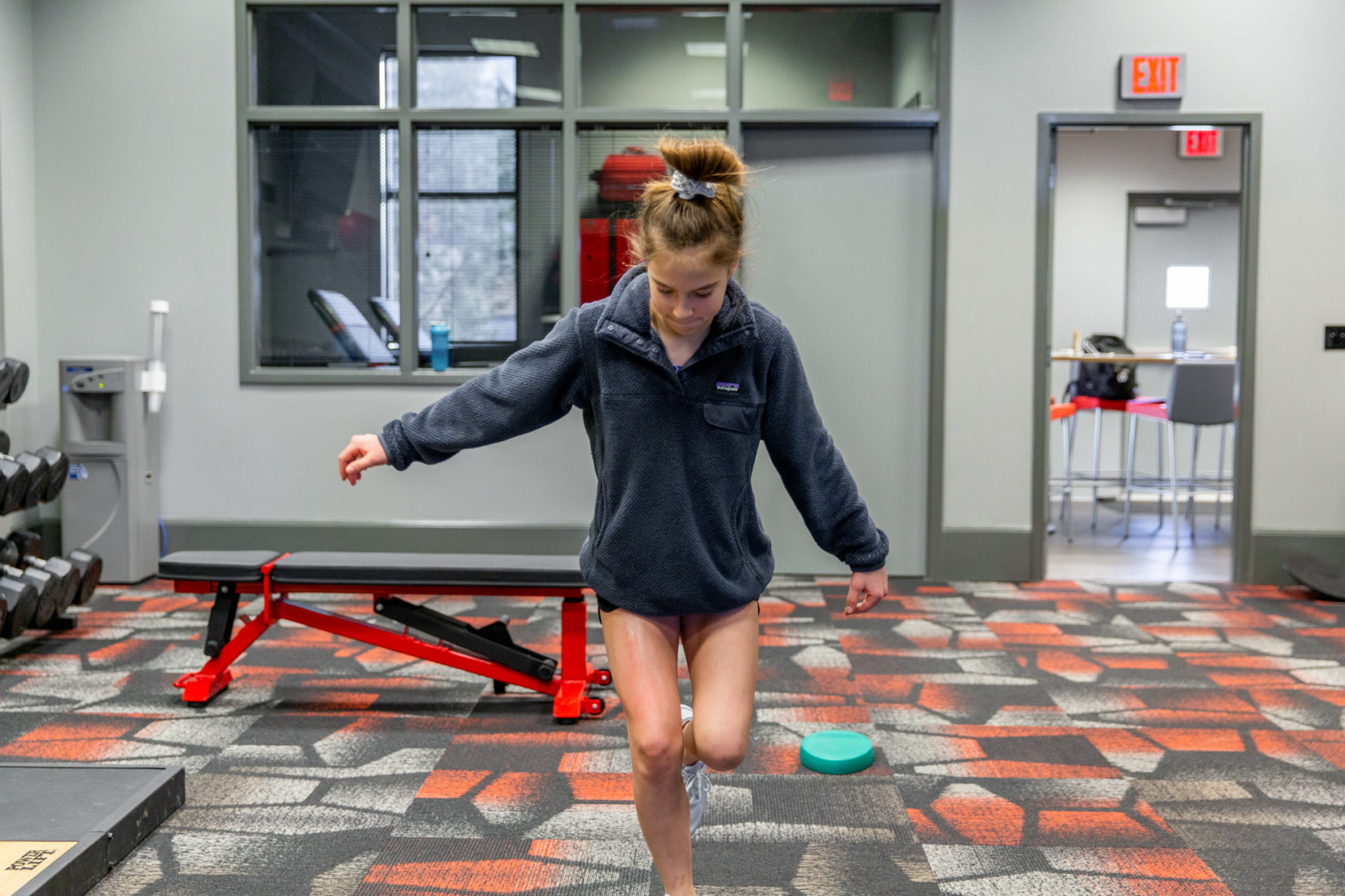
ACL Injuries
ACL (anterior cruciate ligament) injuries are most commonly non-traumatic injuries caused by changes of direction. You can sprain or tear the ACL depending on the level of trauma to the tissue, so injuries to the ACL may or may not require surgery. Symptoms of an ACL injury involve a “pop” in the knee during injury, general swelling in the knee, and a feeling of instability or “giving way” during weight bearing movements.
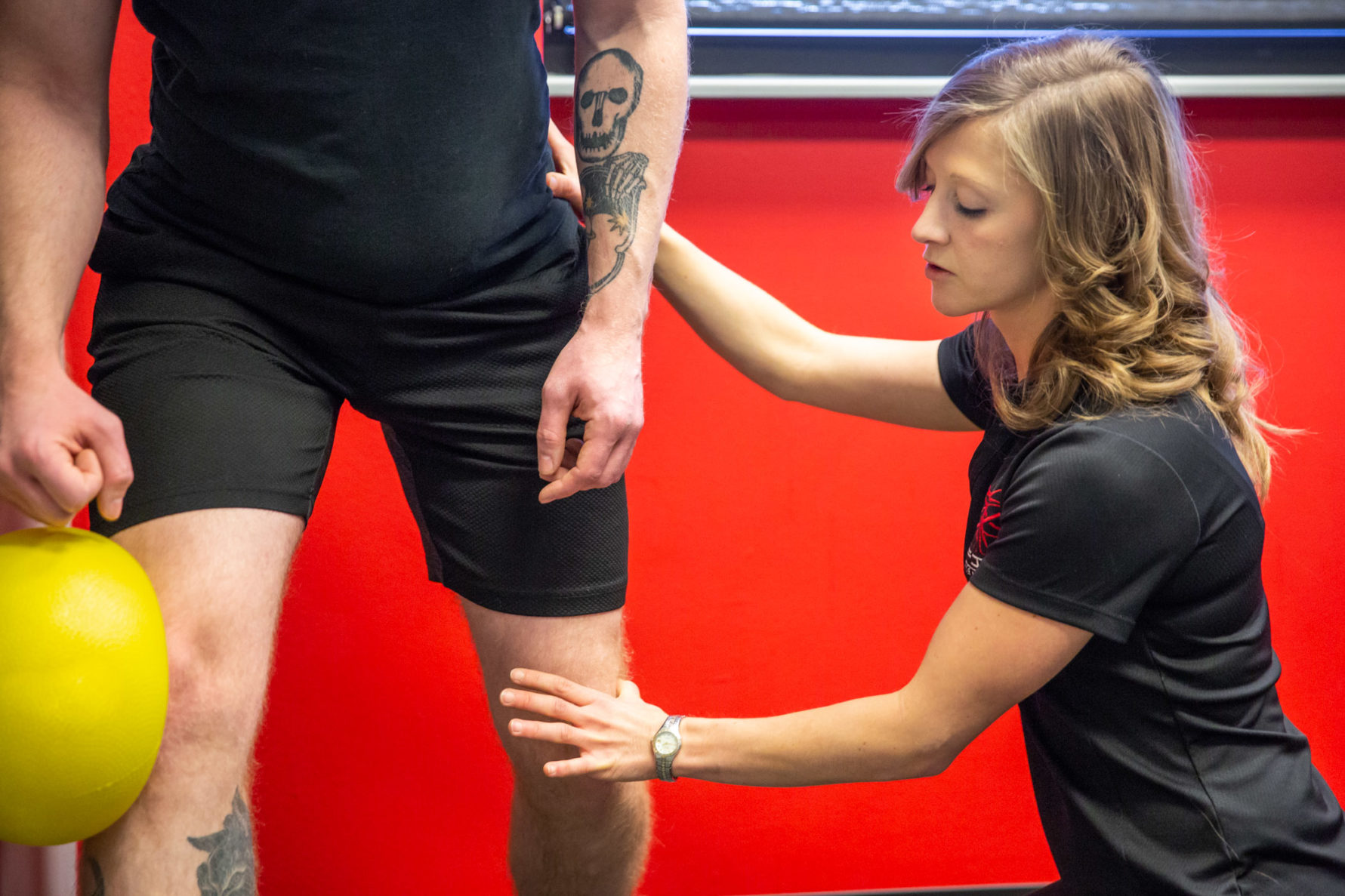
Meniscus Tear
Risk of tearing the meniscus increases as we age due to wear and tear in the knee over time. However, tearing in the meniscus can occur with any forceful rotation/twisting of the knee, especially if you have your full weight on that knee. Symptoms include pain, swelling, limited range of motion, and inability to fully extend the knee. Depending on the location and severity of the tear, you may or may not need surgery. Many meniscal tears can be successfully rehabilitated with conservative treatment.
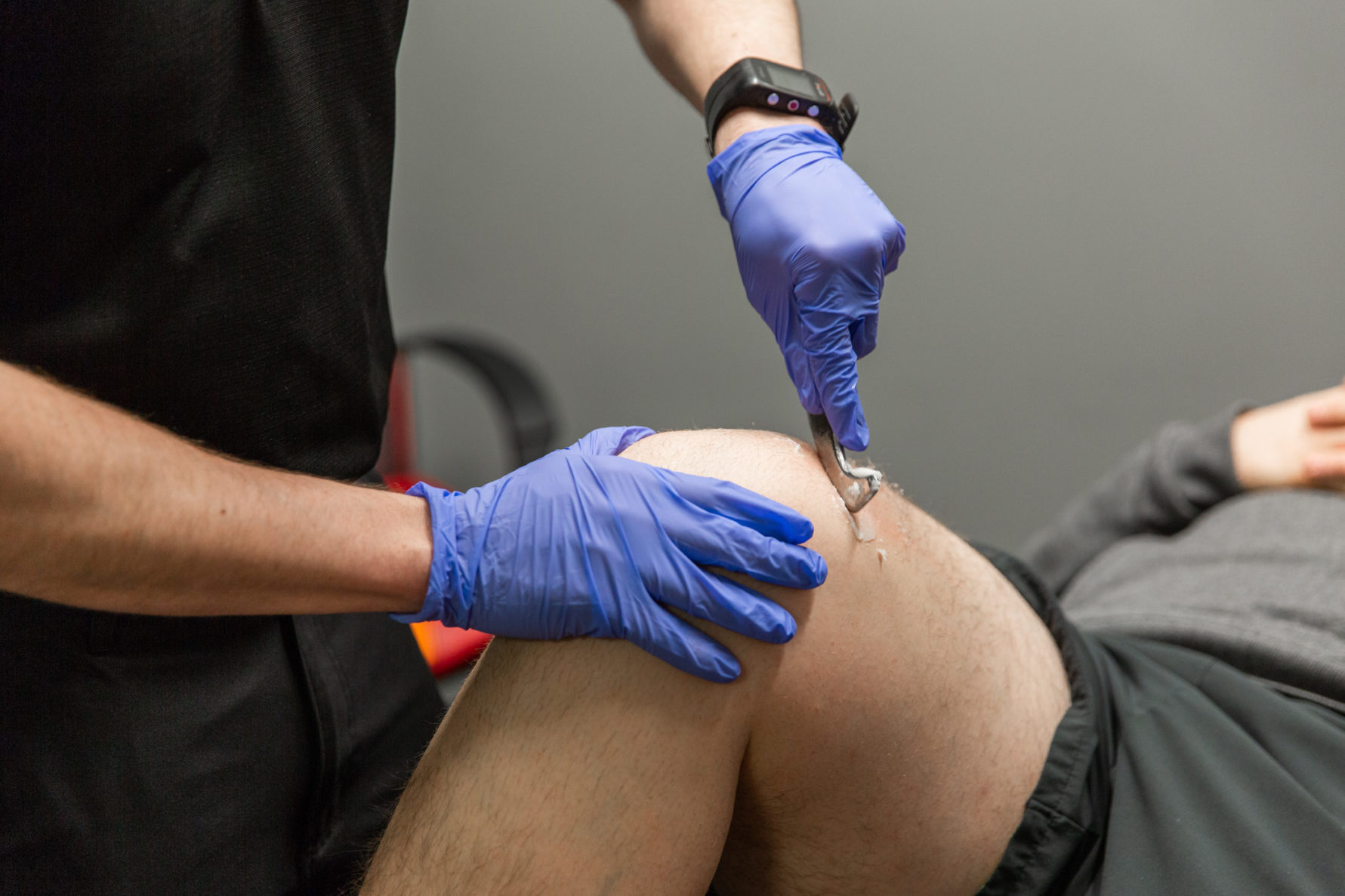
Knee Osteoarthritis
Osteoarthritis occurs when there is inflammation in the knee joint. This is typically caused by narrowing of the joint space due to wear and tear of the knee over time. Your likelihood of osteoarthritis in the knee increases if you have had previous injury to that knee. Symptoms include pain with weight bearing, swelling, and stiffness. While there is no “cure” for osteoarthritis, activity modification and treatments to improve range of motion, strength, and functional movement patterns can be extremely helpful for management of symptoms.
Tell us about your pain.
Take a couple of minutes to tell us about your symptoms and pain areas. Prefer to chat over the phone? Call us for a free phone consultation.

Symptoms of Knee Pain Can Include
- Sharp joint line pain
- Swelling or fluid around the knee cap
- Deep, dull ache
- Limited range of motion or mobility on flexion or extension
- Pain with squatting or lunging
- Pain with running or vertical impact
- Feeling of weakness or locking of the knee
- Pain with twisting motions
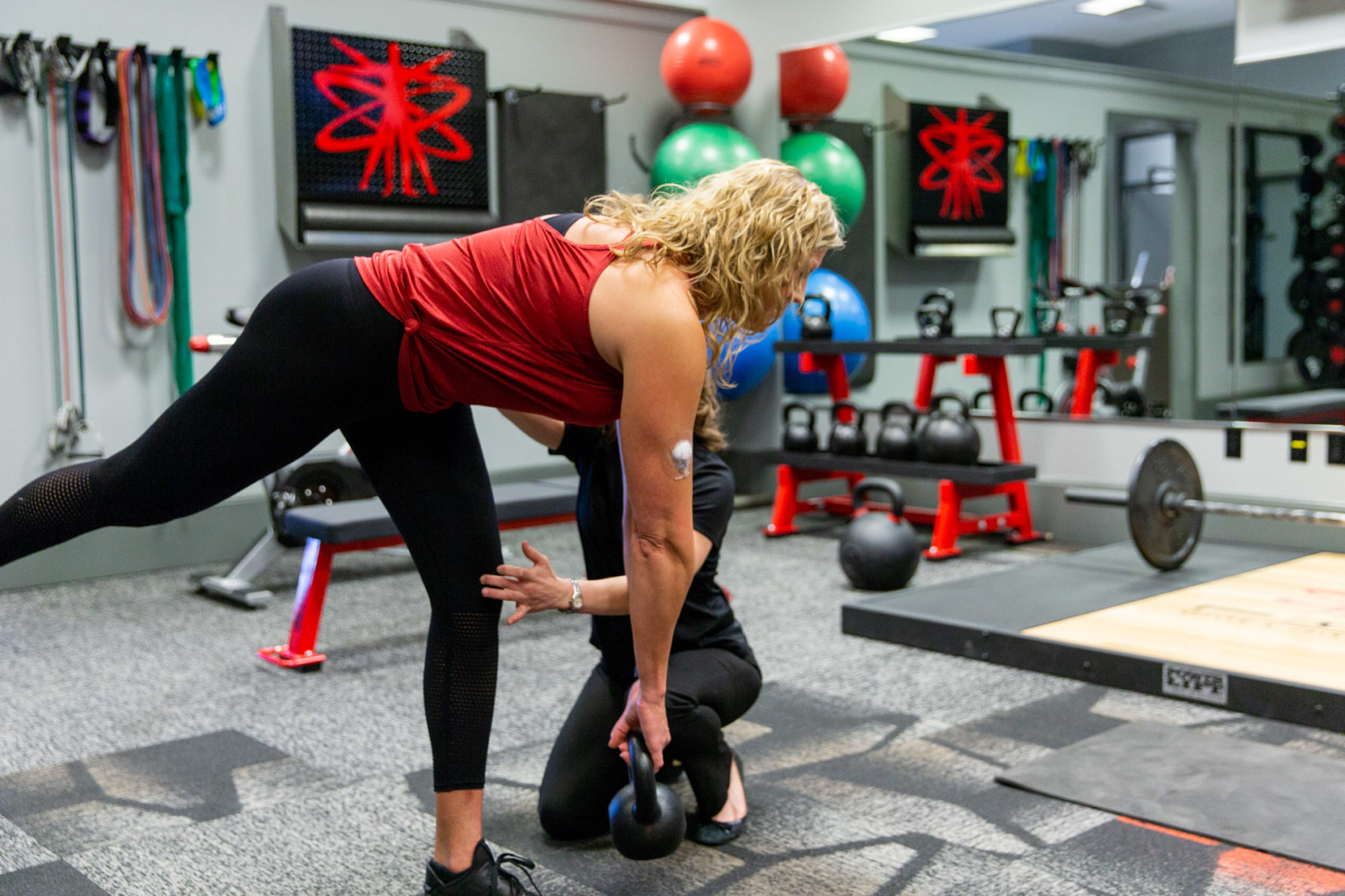
Knee pain treatments in Kansas City
Knee Pain Physical Therapy
Initial treatments usually consist of manual therapies including active release technique, dry needling, instrument assisted soft tissue/FAKTR, and/or joint mobilizations to reduce pain and swelling. We will then begin introducing load to the tissue with corrective exercise and progress loading until you are able to return to normal activities. It is important to isolate the root cause of the knee pain, which may arise from areas above or below the knee, to address muscular imbalances throughout the lower extremity that contribute to knee dysfunction.
Frequently Asked Questions
Can you provide a knee pain diagnosis?
Yes our physical therapists can provide you with a diagnosis for your knee pain following a thorough exam.
I'm experiencing knee pain when bending. Can physical therapy help with that?
Yes, physical therapy can help reduce your pain while addressing the root issue which causes your pain.
Do you see a lot of patients that experience knee pain at night?
Yes, knee pain at night can occur due to a number of reasons. The physical therapists are skilled in recognizing the cause of your pain and providing a treatment plan to reduce the pain you are experiencing.
I have knee pain and swelling. What are some things I can do at home for relief?
If you are experiencing knee pain and swelling it is recommended that you see a physical therapist or medical provider to ensure there is not a more serious issue. A therapist can then guide you through proper at home exercises and relief practices.
Visit your local F.I.T. Muscle & Joint Clinic
Meet the team at any of our 5 locations: Lee’s Summit, Crossroads, Blue Valley, Overland Park & Shawnee.

